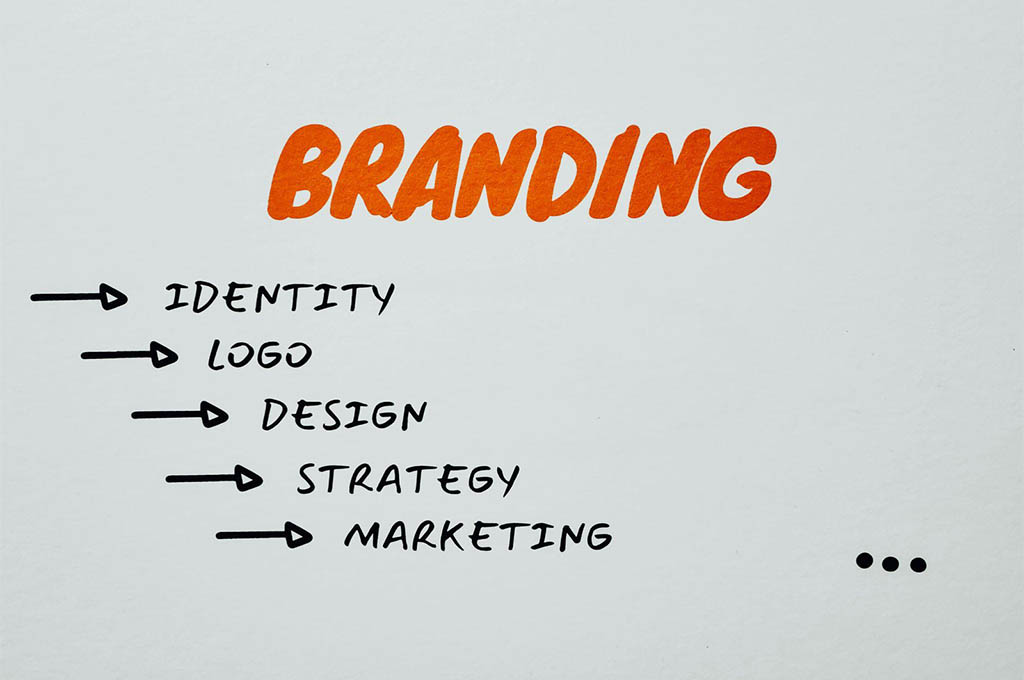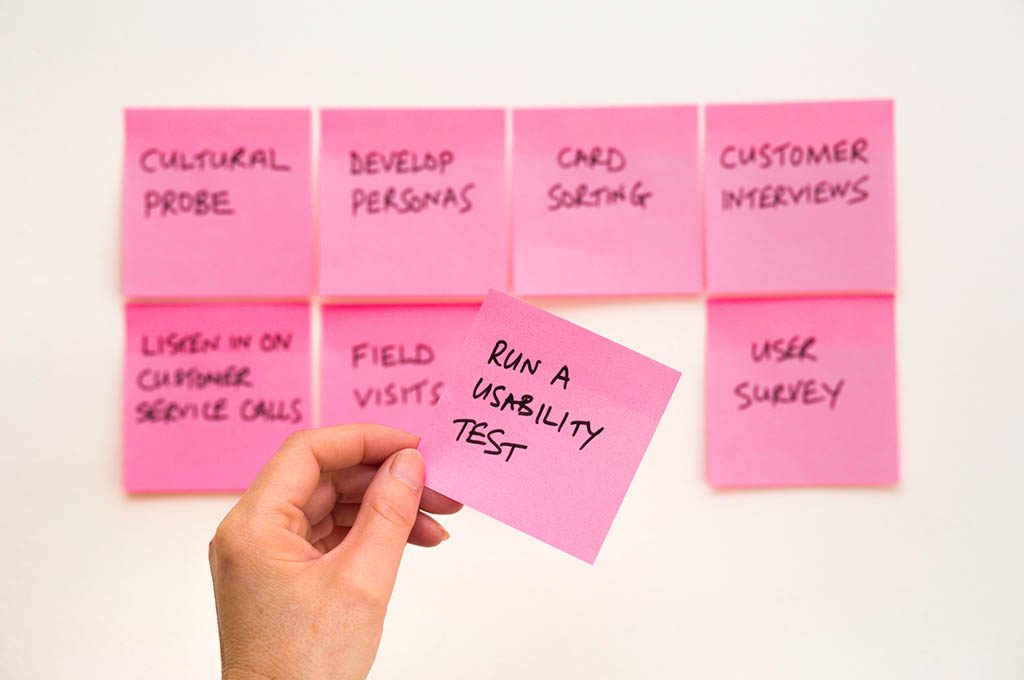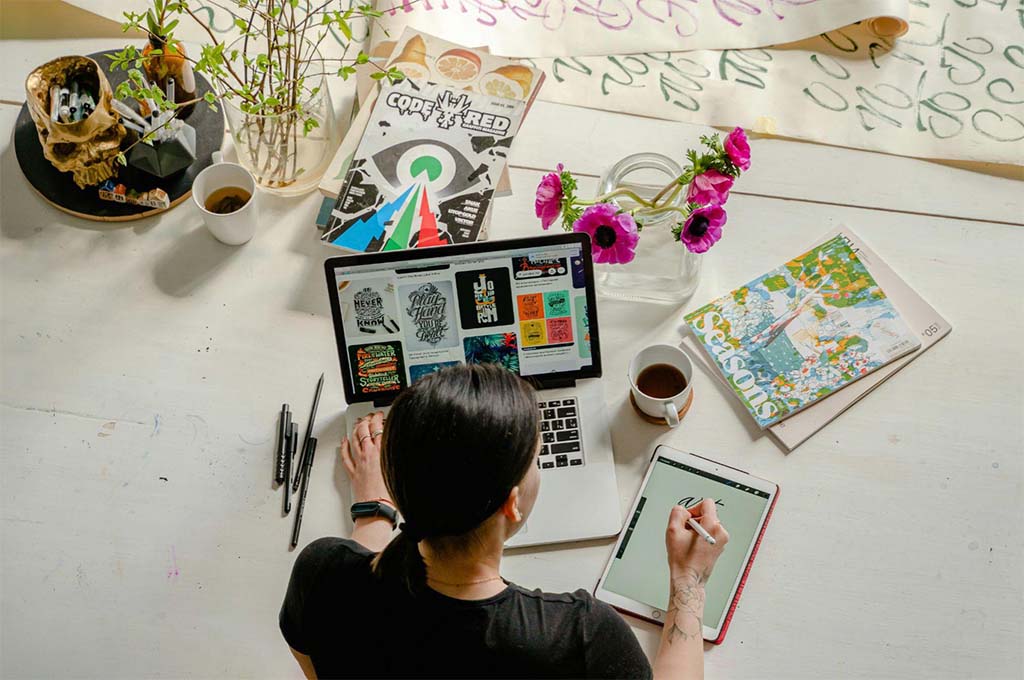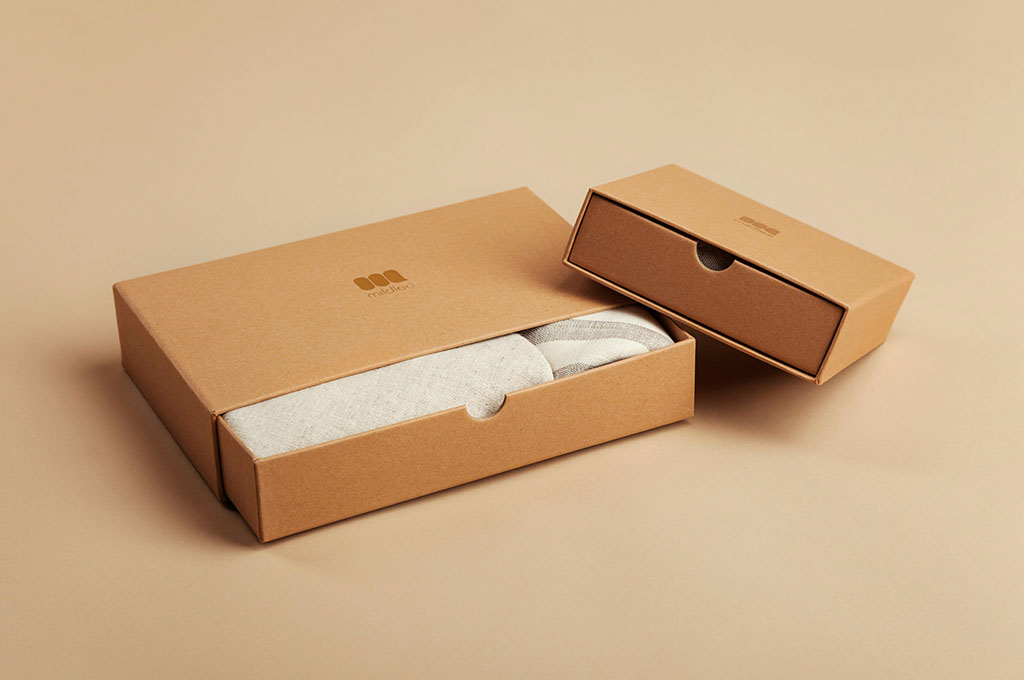The Designest may receive compensation from companies, products, and services featured in this publication. For more details, please refer to our Affiliate Disclosure page.
Graphic design is an ever-evolving field, blending creativity with technology to communicate ideas in an impactful way. For students aspiring to make a mark in this dynamic industry, a well-crafted college portfolio is crucial. It’s your golden ticket, showcasing your skills, style, and thinking process to potential educators or employers. But what projects should you include to ensure your portfolio stands out? Let’s dive in.
Understanding the Importance of a Diverse Portfolio
Why does diversity matter in a graphic design portfolio? Imagine walking into an art gallery. Would you be captivated by seeing the same style of painting on every wall? Probably not. Similarly, a portfolio that demonstrates a range of skills and styles is far more engaging. It shows you’re not a one-trick pony but a versatile and creative thinker capable of tackling various design challenges.
Enhancing Academic Success Through Expert Support
Seeking assistance from professional writers is a strategic move toward academic success. These experts don’t just help with the workload, they provide quality help that deepens understanding and enriches learning. In this digital era, such expertise is readily available online, making it easier for students to connect with knowledgeable professionals. In the journey of academic excellence, there often comes a time when a student pauses and thinks, “I really need an expert to do my homework now”. This isn’t about avoiding responsibility; rather, it’s about recognizing when external guidance is beneficial.
These platforms offer more than just homework help, they are gateways to comprehensive learning and understanding. By collaborating with experts, students can navigate through complex subjects more effectively, ensuring not only timely submission of their assignments but also a more enjoyable and stress-free educational experience.
1. Branding Projects: The Bread and Butter of Graphic Design
The Role of Branding
Branding projects are essential. They are the bread and butter of graphic design. Why? Because they encompass everything from logo design to creating a complete brand identity – color schemes, typography, and even the tone of voice used in communications. This is where you get to show off your ability to create a cohesive visual language that can be applied across various media.
Crafting a Mock Brand
Consider creating a mock brand for a company. This could be anything from a trendy coffee shop to a cutting-edge tech startup. The key is to demonstrate your process from research and conceptualization to the final design. Show how your design choices align with the brand’s values and target audience. This not only displays your design skills but also your strategic thinking.

2. Web and App Design: Showcasing Digital Prowess
In today’s digital age, showcasing your skills in web and app design is crucial. It’s not just about making things look good; it’s about enhancing user experience. How do you balance aesthetics with functionality?
Creating a User-Centric Design
Choose a project that solves a real-world problem. Maybe redesign an existing website or app, focusing on improving its usability and aesthetic appeal. Walk the viewer through your design process, from user research to wireframing and the final design. Highlight your understanding of UX/UI principles and how they inform your design decisions.

3. Interactive Media: The Future of Design
Interactive media projects, like AR/VR experiences or interactive infographics, are a great way to show that you’re on the cutting edge of design. They reflect your technical skills and your ability to create engaging, immersive experiences.
Exploring New Dimensions
Consider developing an interactive infographic that presents data in a visually engaging and interactive way. Or, delve into the realm of AR/VR and create a simple application or experience. Document your process, challenges, and how you overcame them. This not only showcases your technical ability but also your problem-solving skills.

4. Social Media Campaigns: The Art of Engagement
Why Social Media Design Matters
In our digitally connected world, social media is a powerhouse for communication and marketing. As a graphic designer, creating content that is not only visually appealing but also engaging and shareable is a valuable skill.
Designing for Engagement
Create a series of social media graphics for a cause or brand you’re passionate about. Explain your choice of platforms, the design elements used, and how they cater to the target audience. Show your understanding of different social media formats and how design can drive engagement and action.

5. Packaging Design: Combining Form and Function
Packaging design is a unique blend of art and science. It’s not just about making a product look attractive; it’s about functionality and the unboxing experience.
Innovating with Packaging
Design packaging for a hypothetical product. Focus on how your design reflects the brand’s identity and values, and how it stands out on the shelf. Discuss materials, sustainability aspects, and the user experience. This project can demonstrate your ability to think three-dimensionally and consider both aesthetics and practicality.

Conclusion: Crafting a Portfolio That Opens Doors
Your college portfolio is more than just a collection of your best work; it’s a narrative of your growth and potential as a graphic designer. By including diverse projects like branding, web/app design, interactive media, social media campaigns, and packaging design, you showcase not just your design skills but your strategic thinking, technical prowess, and creativity.
Remember, each project in your portfolio is a story. Make it engaging, make it unique, and most importantly, make it yours. Your portfolio is the first step in your journey as a graphic designer. Make it count!

